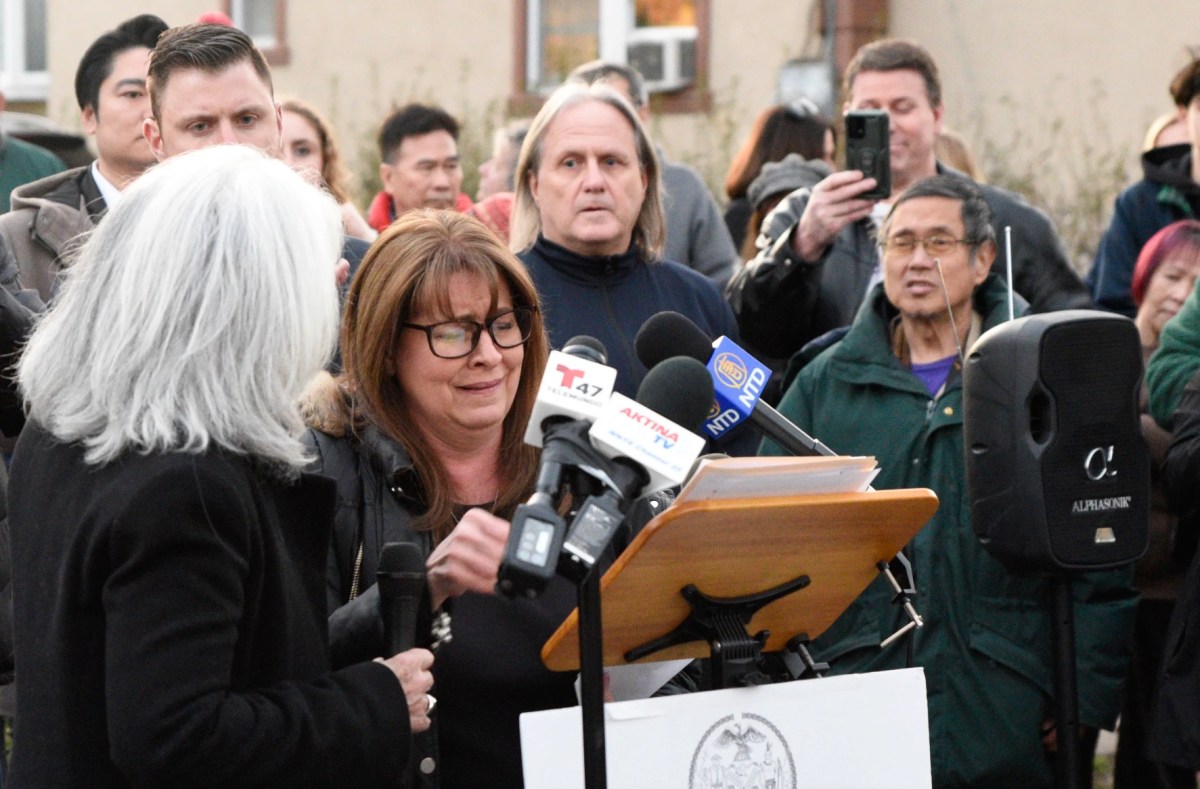Real priority is service, not new payment method
Modern fare collection devices currently used by GO and many 905 agencies are now decades old and must be replaced, so Presto! The smart card fixes that problem.
Will the new Presto fare card magically produce votes for the governing Liberals?
Promised during the last provincial election, the card is finally ready for testing in a specific corridor between Mississauga and Toronto’s Union Station.
Presto aims to assuage one of the biggest “minor irritants” of travelling across various GTA transit systems.
The real priority since before the last election should have been creating a web of direct, frequent bus and rail service — not a new method of payment.
The smart card is an expensive way to address the annoying but comparatively small hassle of juggling different fares and tickets.
Presto — which speakers of Spanish or Italian will also recognize as meaning “quick” or “soon” — removes an impediment to travelling between systems but it won’t necessarily save riders money.
For that, we’d need a new way of calculating the cost to ride transit in the GTA.
Even with the new card you would still pay two full fares when transferring from GO or Mississauga Transit to the TTC.
However, once Presto gets into the hands of more and more GTA riders, they will demand changes to the way transit is actually priced.
There will also be pressure on Toronto to take part more fully in the province’s program.
By 2010, Presto should work from Oshawa to Hamilton — but only at a handful of subway stations.
The TTC projects it could take 10 years to roll out a compatible 416 system — at an estimated $300 million.
Of the total number of transit trips in the GTA, by far the most occur solely on the TTC.
For this majority of users, a smart card could bring some advantages — for a huge sum that will be paid through taxes.
Or we could buy a lot of new buses.
The TTC’s low-tech (or “no-tech”) system of fare boxes and paper transfers has drawbacks, but it’s no more antiquated than using metal keys to get into your house or car.
That’s centuries-old technology, which works.
Modern fare collection devices currently used by GO and many 905 agencies are now decades old and must be replaced, so Presto! The smart card fixes that problem.
It also addresses GO’s tricky zone system.
GO head Gary McNeil says the long-haul transit service will switch to a “linear” fare structure that is more flexible than the status quo.
GO’s monthly pass system is also likely to be replaced by a “loyalty program” that will offer discounts for frequent use.
Although not finalized, McNeil assures In Transit that GO’s new set-up would be “revenue neutral” and monthly pass users would not end up paying more than they do now.
















